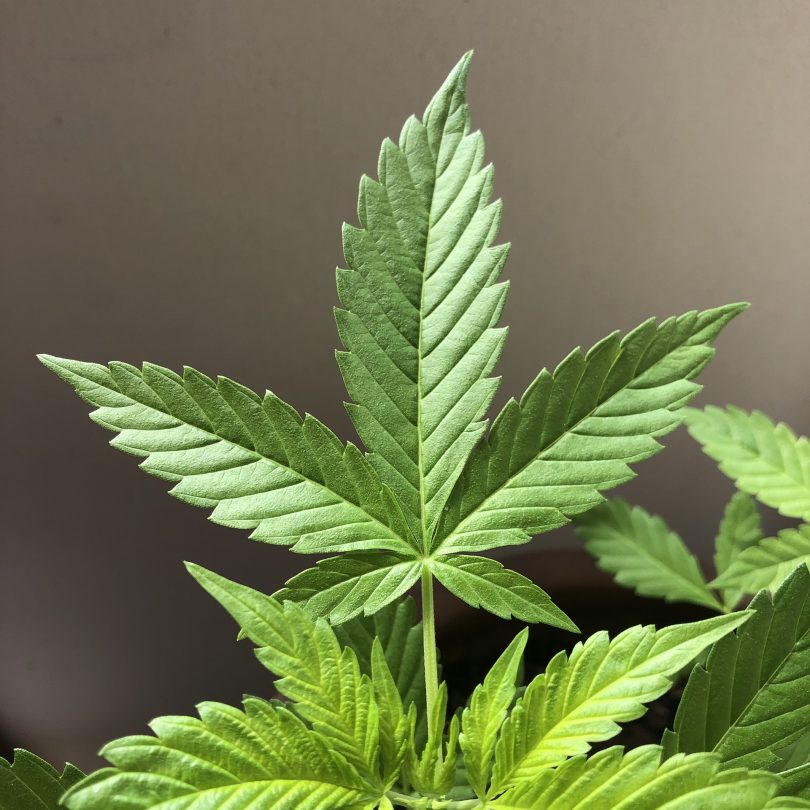To date, there are about 200 different terpenoids that have been identified in cannabis. [1] These terpenoids are found in different concentrations in female inflorescences of cannabis cultivars. Terpenoids play a key role in how we appreciate the therapeutic properties of cannabis chemovars. While they offer their own unique therapeutic effects, they also provide synergistic benefits when acting in concert with other active ingredients (other terpenoids, cannabinoids, and flavonoids). Hence, quantifying the terpenes in a cannabis chemovar is vital for understanding its therapeutic potential.
So far, only a handful of terpenoids have been quantified in cannabis chemovars. Gas chromatography methods coupled with mass spectrometry have been used in the past to profile terpenoids. [2] Since they are highly volatile molecules, sample preparation is a critical step in the process to avoid terpene loss. Tandem mass spectrometry (MS/MS) can be instrumental in the analysis of cannabis terpenes.
In MS/MS, molecules from a sample are ionized and then passed through a spectrometer which separates the ions according to their mass-to-charge ratios. The ions are then fragmented and passed through a second spectrometer from where they can be identified and quantified.
A group of researchers from The Laboratory of Cancer Biology and Cannabinoid Research recently investigated the use of tandem mass spectrometry in quantifying the numerous terpenoids in cannabis. [1] In this study, the researchers used samples from three different medicinal chemovars to investigate how sample preparation and extraction methods influence terpene profiles. They also analyzed the terpene profiles of 16 different chemovars which had been collected on different days.
The samples were obtained from female inflorescences that came from several licensed medicinal cannabis distributors. The samples were sealed in bags and a moisture content of 12−14% was maintained. Terpenes that were quantified (93 in total) include valencene, camphene, myrcene, bisabolol, humulene, α- and β-pinene, geraniol, D-limonene, linalool, α- and β-ocimene, and eucalyptol, among others.
Results from the study demonstrated that sample preparation affects the terpene profile of cannabis chemovars. Namely, the researchers performed ethanol, butane, and supercritical carbon dioxide extractions to compare them with static headspace (SHS). Advantages of SHS included “straightforward sample preparation…minimal contamination of the GC/MS as a result of nonvolatile components entering the inlet, and automation.” They validated their SHS-MS/MS method for the 93 terpenes.
It was also clear that different cannabis chemovars and extract preparations exhibit complex and varying terpene profiles. This included one chemovar of the 16 with “significantly different contents of not just terpinolene but also α- and γ-terpinene, α-phellandrene, and 3-carene.”
Hence, the researchers concluded that tandem mass spectrometry offers a reliable method for profiling terpenoids and lays the foundation for future research in this area. “[The] exploration, identification, and quantification of as many Cannabis components as possible are critical for exploiting the full potential of this unique plant and its derivatives.” [1]
Image Source
References
1- Shapira A, et al. Tandem mass spectrometric quantification of 93 terpenoids in Cannabis using static headspace injections. Analytical Chemistry. 2019;91(17):11425–11432. Journal Impact Factor: 6.986, Times Cited: 10
2- Ibrahim EA, et al. Analysis of terpenes in Cannabis sativa Using GC/MS: method development, validation, and application. Planta medica. 2019;85(5):431–438. Journal Impact Factor: 3.352, Times Cited: 22








